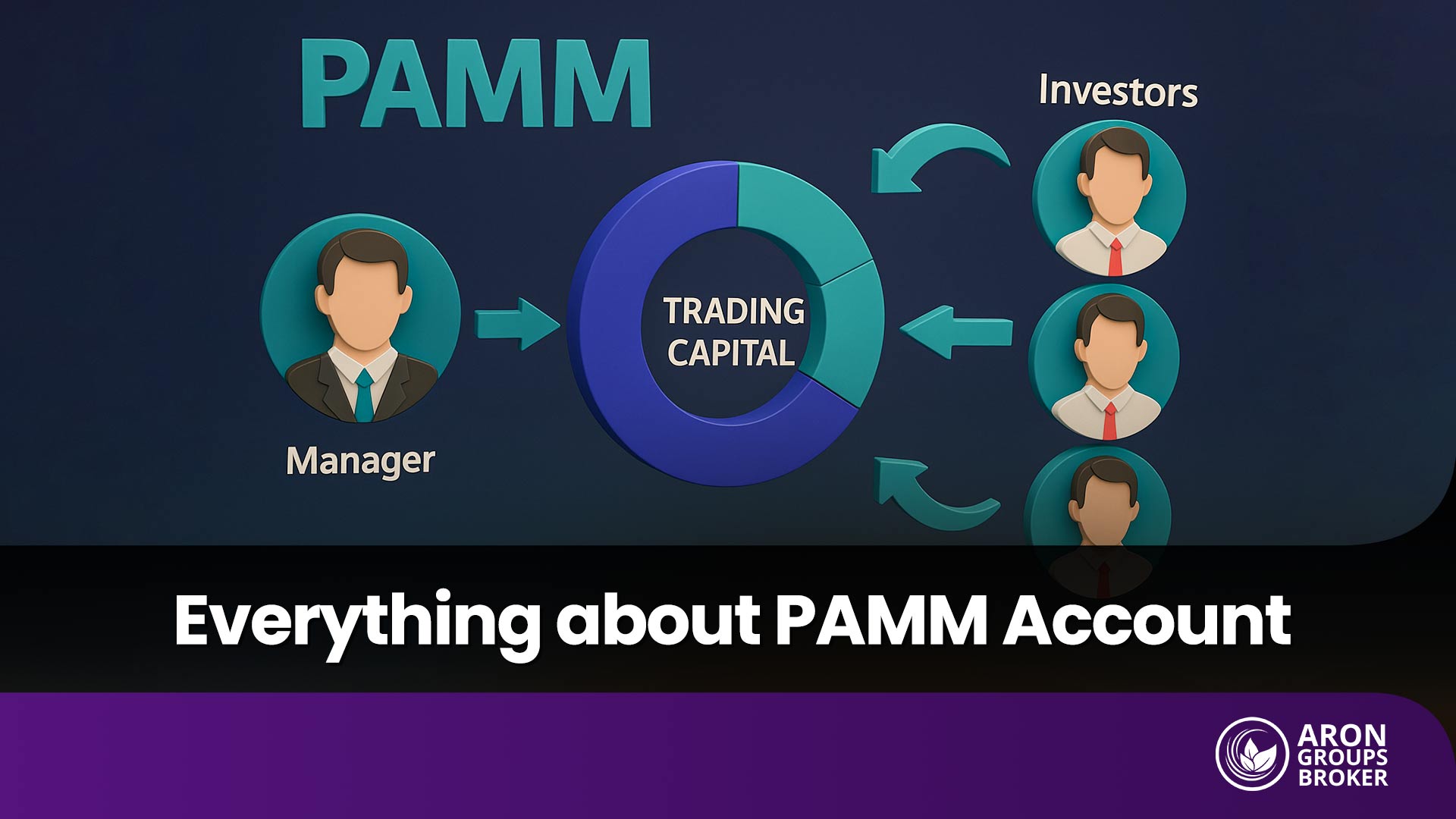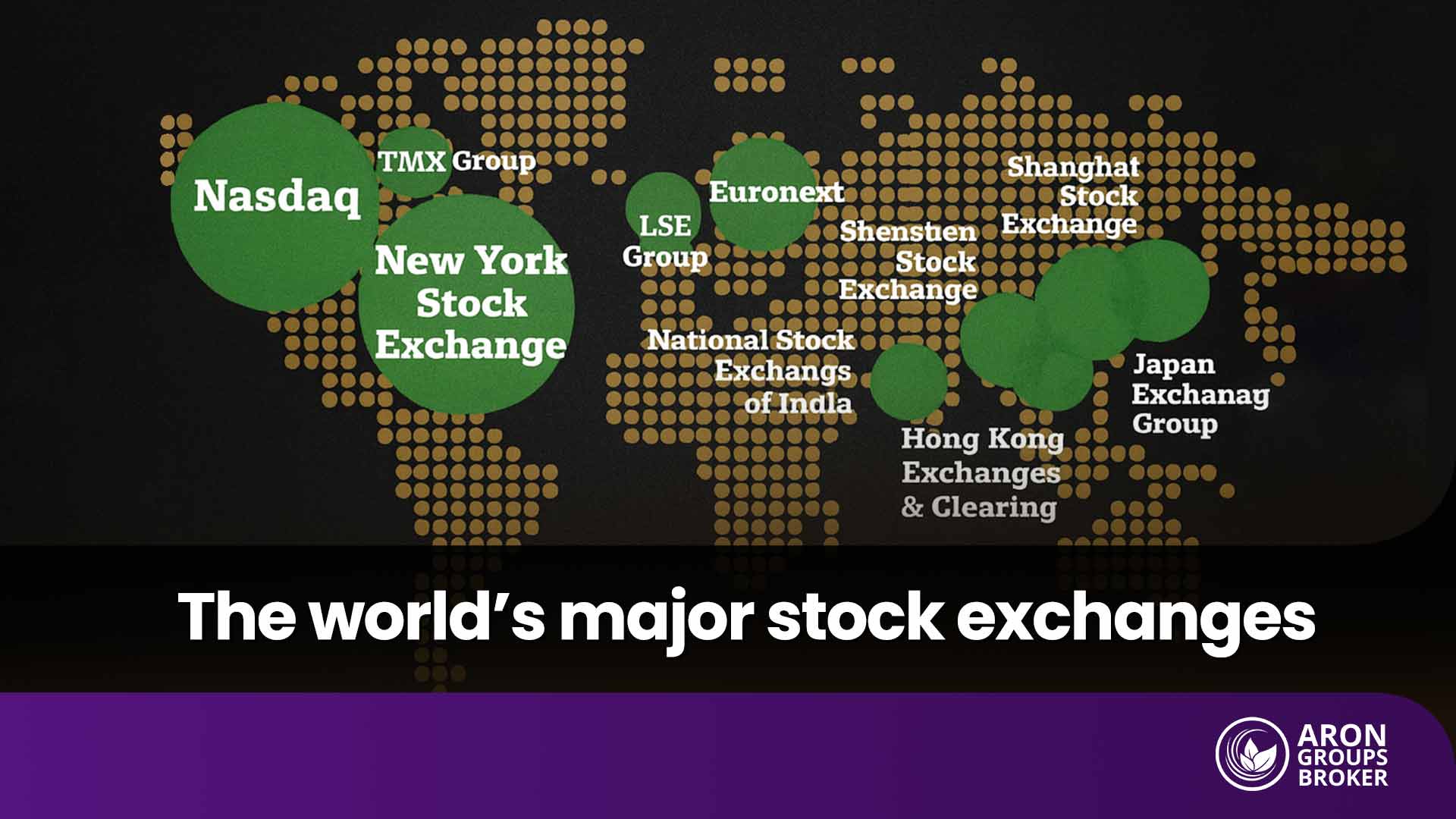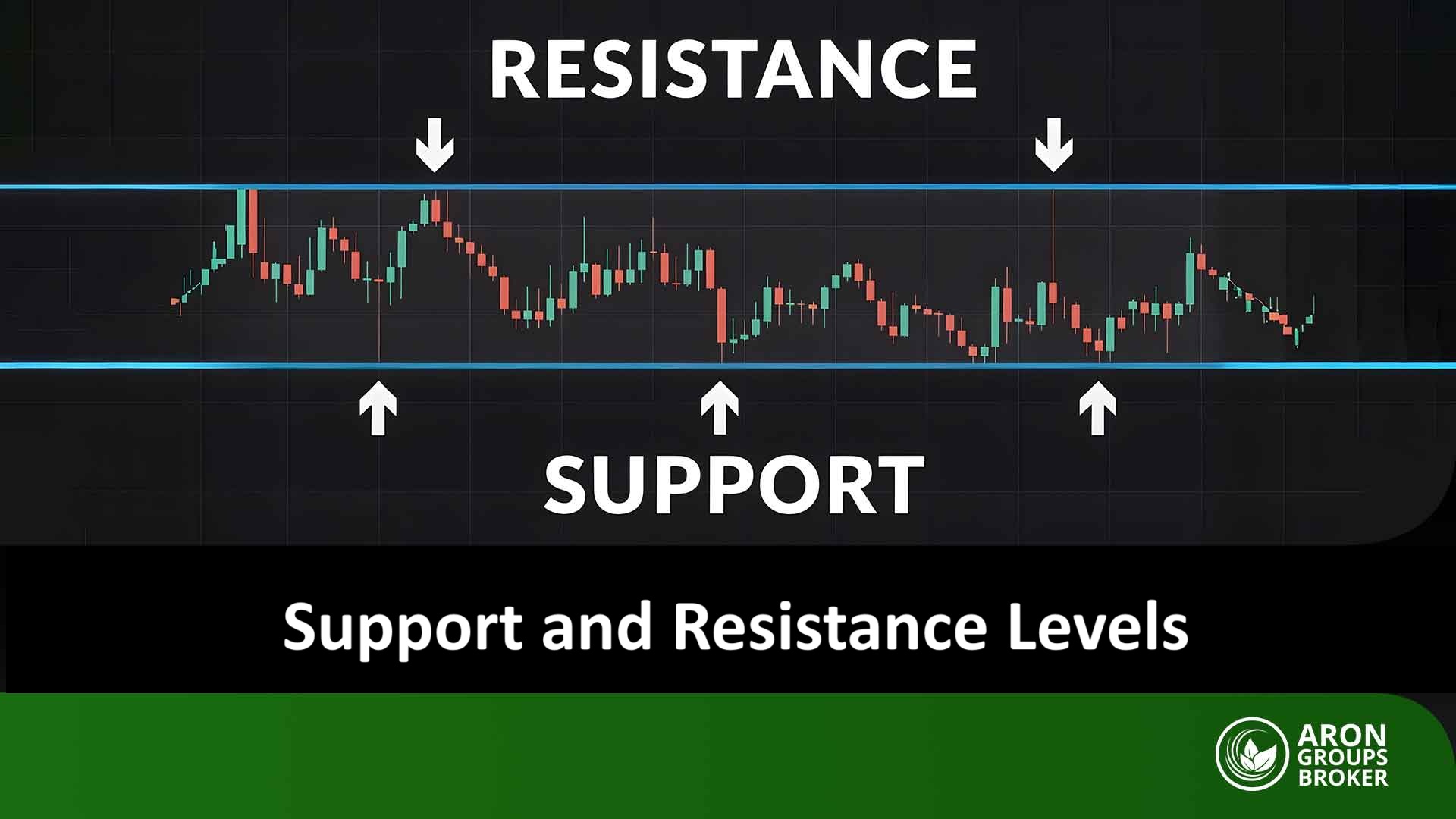Investing in crypto
Whether you’re a seasoned investor, trader, or a clueless newbie, you hear the term cryptocurrency a few times a week and probably have questions about it. All these factors have caused many people to feel that these days, they are missing a great opportunity and to rush and panic to decide to enter this unknown world. The risk of investing in cryptocurrencies is higher than in other markets. Nothing is guaranteed in this market except volatility. In addition, there are often no clear rules regarding cryptocurrencies. Of course, this does not mean that cryptocurrencies are illegal; Rather, in most countries, specific legislation has not yet been made about them. These currencies cannot be insured, and there is no guarantee that you will sell them whenever you want. The nature of each cryptocurrency is different from others, and in the same proportion, their valuation system is also different. In other words, the world of cryptocurrencies is a free world where anyone is free to develop a token with its unique features. Some of these currencies step in to imitate Bitcoin, and others seek to solve other problems. One of the similarities of cryptocurrencies with assets such as gold or cash is that their ownership is not recorded anywhere, and their owner owns them. So, if these assets are lost or stolen, they are lost forever.
Common mistakes that are made about Investing in crypto
Lack of understanding of cryptocurrencies technology:
What makes Bitcoin and many cryptocurrencies innovative is their underlying technology. But if you do not understand the principles of blockchain technology and cryptocurrencies, the path of investing in them will be risky. If you rely on others in your investment decisions and fail to evaluate these principles for yourself, you will miss out on great opportunities. After all, Bitcoin’s creators and early adopters were all techies. Therefore, you should find reliable educational resources in this field, take time to learn, and most importantly. Once you can understand blockchain reward, consensus algorithms, pre-mining actions, and all these fancy terms, you will be a good and independent investor. Blockchain technology is constantly evolving, So try your best to face it at your highest level of knowledge.
Ignoring fees:
When you decide to invest in cryptocurrencies, take your time and find the best broker with the best fee rate. When people start trading Bitcoin or another cryptocurrency, they make many daily trades with the hope of making small profits. This may be good in theory, but brokers’ fees make these people fail even if the prices are low. Necessary research should be done before trading any cryptocurrency.
Overtrading:
Some investors, or in other words, most beginners, want to make 20 trades in one day, and this is dangerous. In the end, many of them lose because of fees or making mistakes during trading and then make more trades to recoup their losses, overtrading only making things worse. The reality is that there are not 20 good trade opportunities in a day. Too much trading leads to poor decision-making. Overtrading is the excessive trading of securities, such as stocks, to the point that it hurts a trader or goes against certain rules. Overtrading can involve exceeding a specific number of transactions in a designated period, such as if a brokerage has a limit on the number of times the same stock can be bought and sold within a few days.
Investing all the capital:
The first rule is not to invest more than you can afford to lose. It would help if you prepared yourself to lose what you have invested. Ultimately, with prices going up and down, you need to stay calm while maintaining a healthy lifestyle with regular expenses. For example, if you invest $50,000 at one point and get $150,000, then your mind interprets this success with rational reasoning, turns it into a rule, and diminishes the importance of the matter for you. But if the market is bearish, you lose.
Types of investment in cryptocurrencies
Mining:
When the word mining is used, the first thing that comes to mind is the extraction of precious metals such as gold and silver from mines. Mining refers to all the processes during which minerals are converted into valuable metals. There is a similar definition in cryptocurrency; mining refers to all the operations carried out in the blockchain network to obtain new coins. Since cryptocurrencies are considered an alternative to money, the mining process can be similar to producing gold coins in the old days as a means of payment. In mines, workers and engineers reach gold by spending a lot of energy and going through different steps. The same happens in cryptocurrency mining, where users use their computing devices and spend a lot of energy to mine new cryptocurrencies. Mining has revolutionized payment systems. Miners provide the security of cryptocurrencies. People buy and sell on digital networks and arrange digital contracts. Validation of transactions is not done with high reliability; miners use their devices to help in this process. The first crucial economic insight is that cryptocurrencies have innovations that separate the functions provided by money and make the competition between cryptocurrencies much more intense.
Why cryptocurrency mining?
The purpose of cryptocurrencies is to create a peer-to-peer and decentralized network. With the creation of such a system, the intermediaries who worked to register and confirm transactions will be eliminated, and all activities required by the network will be performed by its users from all over the world. For better understanding, consider the centralized banking system. In the centralized payment system, the bank is the intermediary entity and stores the account information and transactions in its central servers.
Users use the banking system to make financial transactions. During this process and after creating a transaction, the bank checks the user’s account balance; if the balance is sufficient, the desired amount is transferred to the other party’s account number. Finally, the new network information is confirmed in the server. In case of any problem, users can refer to the bank and solve the problem.
Suppose there is a decentralized system instead of a bank, where users are responsible for maintaining bills and confirming and recording transactions. In this system, the first principle is the distribution of account information among all network users. With all users’ access to the account information, it becomes more difficult to manipulate the information and data changes in the network, and it must be done according to the agreement of more than half of the users. In addition, the network nodes can check and confirm the new transactions have been sent by having the users’ account information.
The problem in this system is that the network nodes must be coordinated to store the same information in the database. For this purpose, the consensus algorithm is used. The consensus algorithm is a technical-economic process that allows network nodes to agree on a single piece of information. Various algorithms have been designed for consensus in blockchain, which Proof of Work (PoW) and Proof of Stake (PoS) are the main types.
To reach a consensus in the proof of work algorithm, network nodes must solve the network equations by spending energy and computing power. With this method, users will be identified and removed from the mining cycle if they want to enter the wrong information into the network. Therefore, they waste energy and the initial cost of buying miner devices.
Miners receive rewards from the network for consuming energy and using their processing power. Without compensation, users have no reason to be part of the blockchain network and register and confirm transactions. This reward includes network fees and newly created cryptocurrencies. In the early years of the network’s activity, due to the meager price of its tokens, the fee reward was not acceptable, but by increasing the cost of the network’s tokens and the completion of the mining of its currencies, the transaction fee will also be a great deal.
Trading:
Trading in its general sense means buying and selling a trading option. A person who buys and sells is called a trader and is constantly looking for the possibility to buy the desired asset at the minimum price and sell it at the maximum price. The most crucial difference between cryptocurrency trading and other methods of investing in cryptocurrencies is that the trading time frame for buying and selling a cryptocurrency is short-term. There are different ways to trade cryptocurrency, and a trader is not required to use only one trading style. According to the market conditions, the trader can change the trading method.
Crypto loan:
Crypto loan is a new and prevalent issue; the easy procedure and high yield of this action are desirable for investors. Some crypto lending sites allow investors to earn annual percentage rates of return (APR) as high as 25%, which is much higher than traditional financial institutions offering similar services. The crypto loan does not have a complex organizational process; you can borrow and lend quickly.
Crypto loans are not limited to popular currencies such as Bitcoin and can be included in all cryptocurrencies. The method is also straightforward. You can apply for a loan via a peer-to-peer platform. Crypto loan is a very young phenomenon and has not yet been able to be at the same level as other such options.
Tips for Trading
Specify the type of investment:
Investments in this field are described and categorized into two short-term and long-term. Short-term investments thrive in a volatile environment, where the investors tend to make frequent investment decisions in the form of buying and selling in short periods. This way, you can buy and sell in a few minutes or even seconds.
Short-term investment has a high risk and usually needs experienced and expert people for this type investment. The long-term investment approach is not limited by time, and people withdraw whenever they reach the desired amount of profit.
Limit the circle of investment:
Obscure Tokens are a type of cryptocurrency that either has a small market capitalization or just has gone through an initial coin offering (ICO) but are not yet listed on any broker. These tokens are usually hardly traded. The reason is that there is little demand for investment, or they are relatively new coins. Obscure tokens are high risk because they have no traceable history, and prices can fluctuate wildly with little liquidity. Prices can change drastically if a large order is executed on a broker. Although these tokens will be significantly profitable if the cost of the line is on an upward trend, on the other hand, if the price of that cryptocurrency stagnates and moves in the opposite direction of the market flow, you will lose a significant amount of your capital in the market.
Do the research:
Research can be your best friend in the complex and fast-moving world of cryptocurrency. Before making any decision about the investment, research all the fields diligently. If you are considering investing in a new token, evaluate the website, the team, and most importantly, the project’s white paper. Make sure that the project identifies the problems ahead and provides solutions for them.
Conclusion
According to what was mentioned above, you may have been encouraged to invest in cryptocurrencies. Despite their new appearance and having very prominent features compared to other financial options, Cryptocurrencies have their disadvantages. One of them is the high volatility of cryptocurrencies. If you look at the history and price course of cryptocurrencies, you will realize that the price fluctuation in the cryptocurrency market has taken a turbulent form. Among other disadvantages is the valuation of digital currencies. If you pay attention to the forex price charts, you will notice a lot of price fluctuations regarding currency pairs related to fiat currencies. By examining the market, you will conclude that the price fluctuation of fiat currencies follows a series of logical factors, and there is a logical reason for each movement point. Regarding cryptocurrencies, such a thing is a little pale because Bitcoin reached a value equal to $1 to $60,000 after a few months, it reached $20,000. What explanation can there be for such a price trend?
But you can never judge crypto by seeing one side; you must consider all the aspects and act based on the legit trading strategies. Cryptocurrencies are not all disadvantages; you can diversify your investment portfolio and use them next to other investment assets.































